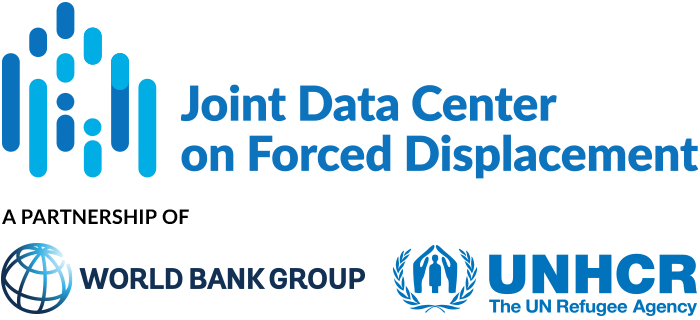Refugees in Kenya
Inclusion of Refugees in the 2025 Kenya Integrated Household Budget Survey (KIHBS)
In this section
Overall objectives
The main objective of this is to bridge existing data gaps on refugees and host communities in Kenya by integrating refugee data into the 2025 Kenya Integrated Household Budget Survey (KIHBS), one of the country’s most comprehensive sources of statistical information on poverty, trends, and welfare issues. By systematically collecting and analyzing data on refugees living in camps, this effort will support the gradual inclusion of displacement data into the National Statistical System (NSS), ensuring its long-term availability for evidence-based decision-making.
By embedding refugee data into national statistical processes, the project aims to support the implementation of policies like the Shirika Plan and broader refugee inclusion commitments. Additionally, the data will guide development and humanitarian partners, such as UNHCR and the World Bank, in designing more effective responses to displacement.
Activity description
This project will provide insights into displacement dynamics, access to services, and direct welfare comparisons between refugees in Garissa (Dadaab camp) and Turkana (Kakuma camp and Kalobeyei settlement) and the national population.
Key activities include:
- Raising awareness in refugee camps and establishing sampling clusters.
- Training enumerators, piloting the survey, refining tools, and conducting full-scale data collection with quality checks.
- Collecting data on displacement, access to services, social cohesion, employment, education, health, and financial inclusion. Strengthening KNBS and DRS in data analysis, reporting, and knowledge sharing.
- Documenting methodology and publicly releasing microdata for further research.
Engagement with partners
The Kenya National Bureau of Statistics (KNBS) will take the lead in implementing the survey, in close collaboration with the World Bank, UNHCR, and the Department of Refugee Services (DRS) from the Government of Kenya.
Background and Context
Kenya is one of the world’s largest refugee-hosting countries, with over 800,000 refugees and asylum seekers as of September 2024. These displaced populations come from more than 20 countries, residing in camps like Kakuma, Kalobeyei, and Dadaab;, as well as urban areas including Nairobi, Mombasa, Eldoret, and Nakuru. Many have been displaced for decades, with long-term social, economic, and political impacts on local communities.
In response, Kenya has reformed its refugee policies through the 2021 Refugee Act and the 2024 Regulations, aiming to improve refugee integration into society. Initiatives like the Shirika Plan and commitments from the 2023 Global Refugee Forum highlight the country’s efforts to foster refugee inclusion.
To assess the effectiveness of these policies and guide future reforms, high-quality, comparable data is essential. Granular data on the living conditions of both refugees and host communities will provide the necessary evidence for informed policymaking and targeted interventions. By including displaced populations in national surveys, Kenya can enhance its humanitarian and development responses, addressing both immediate needs and long-term planning.
Contact
For further details on this activity, please contact:
Felix Schmieding, JDC Focal Point, [email protected]
Additional resources
More activities
Internally displaced people in Mali
Inclusion of internally displaced people in the Mali Household Living Conditions Survey.
Refugees and Internally Displaced People in Cameroon
Inclusion of refugees and internally displaced persons in the 2023 Cameroon Population and Housing census.
Internally displaced people in the Central African Republic
Developing a new module for internally displaced people in the national Harmonized Household Living Conditions Survey.


